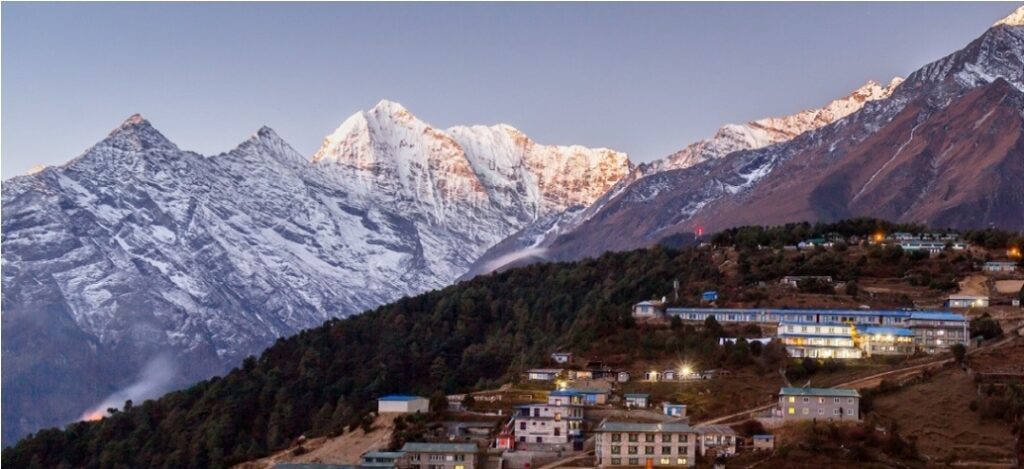GE Renewable Energy’s Grid Solutions business has announced that it has been awarded a multi-million dollar contract from Nepal Electricity Authority (NEA) to automate 39 substations across Nepal, as part of an Asian Development Bank-funded project.
The contract will include construction of six Master Control Centers (MCCs) that will be monitored by GE Digital Solutions. The project scope also includes retrofitting of relay panels and other electrical components in the substations. After the substations are automated, GE will connect the substations to Nepal’s National Load Dispatch Center (NLDC) to enable real-time monitoring of power transmitting through these substations.
Improving grid reliability
“Modernization of these substations will help strengthen Nepal’s power transmission network to meet current and future demands, improve reliability and quality of supply, and reduce losses. We are happy to award this contract to GE as part of this mission,” said Kul Man Ghising, Managing Director, NEA.
Intelligent controls
Johan Bindele, Grid Systems Integration Business Leader for GE Grid Solutions said: “The grid today integrates energy from multiple directions and sources. Intelligent controls are needed to ensure the smooth functioning of the grid and to manage the increase in power capacity .The modernization of these substations will significantly improve the quality of power transmission in Nepal.
Also read: GE Renewable Energy Lands Mandate For Wind Turbines From Continuum
Grid upgrade in Nepal
Following years of chronic electricity shortages during Nepal’s dry winter months, Nepal Electricity Authority (NEA) has significantly improved the country’s power generation capacity in recent years. However, the transmission system continues to need strengthening to ensure the smooth and uninterrupted supply of power from generating locations to the load centers.
In 2016, the Nepal’s government initiated plans to install an additional 10,000 MW of generation capacity over the next 10 years and export the excess electricity to neighboring countries. These plans demanded the immediate upgrade and expansion of the country’s transmission systems.

